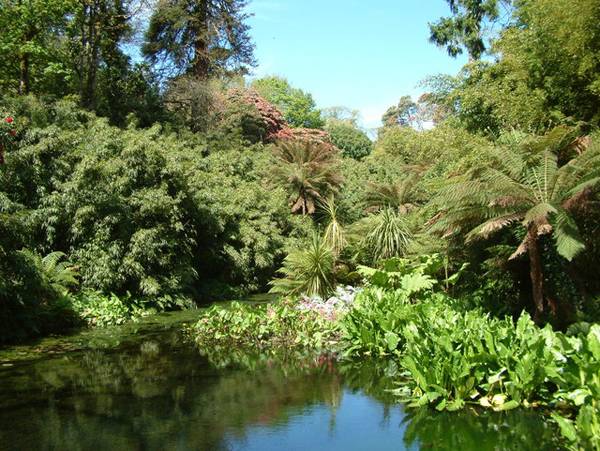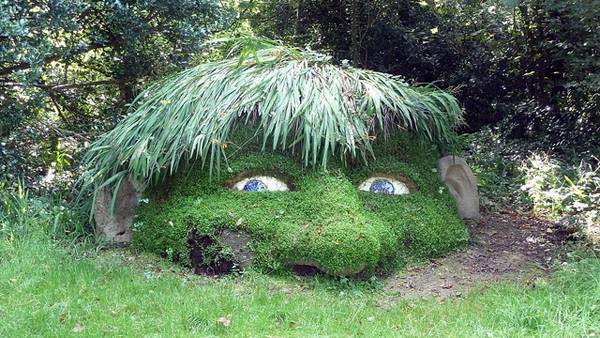The Lost Gardens of Heligan, near Mevagissey in Cornwall, are one of the most popular botanical gardens in the UK. The name of the gardens is derived from the Cornish word- helygen meaning ‘willow tree’. The gardens created by members of the Cornish Tremayne family extend to some 80 acres. Today, it is the site of the largest garden restoration in Europe, the extraordinary plant collection together with exotic glasshouses and mild Cornish climate makes it a popular tourist attraction. Heligan manor was first built in the 1200s. With historic planting over 150 years old, the pleasure grounds are also a home to the National collection of Camellias and Rhododendrons introduced to Heligan pre-1920. In 1914-18, the Heligan house was tenanted as it was used by the American troops as a base, and the shelter trees were cut down for the war effort. The gardens were neglected after the First World War, and only restored in the 1990s, a restoration that was the result of several popular television programs and books.
The Lost Gardens of Heligan are so much more than a garden restored; its own special atmosphere encourages exploration and deep thought, satisfying the broadest range of horticultural and wildlife interest. Not only this, it also promotes local networks of sustainable access routes, linking impressive industrial and horticultural heritage sites with stunning coastal, moorland and woodland habitats.
“Creative Commons The Italian garden pond at the Lost Gardens of Heligan. By Northmetpit, licensed under CC 2.0
This article was originally submitted to Landscape Architects Network
Published in Blog










